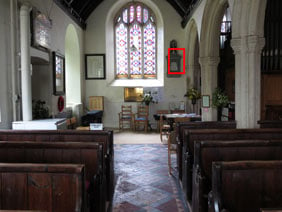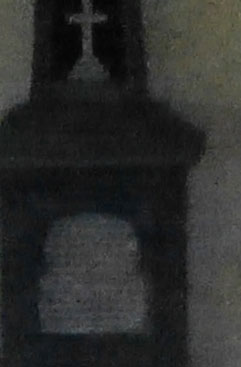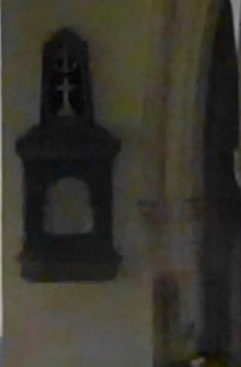Panasonic Lumix ZS15 / TZ25 review
-
-
Written by Ken McMahon
Quality
Panasonic Lumix ZS15 / TZ25 vs Lumix ZS20 / TZ30 vs Canon PowerShot SX240 HS image quality
|
Panasonic Lumix ZS15 / TZ25 | Panasonic Lumix ZS20 / TZ30 | Canon PowerShot SX240 HS | ||
 |  | |||
f4, 100 ISO | f4, 100 ISO | f4, 100 ISO | ||
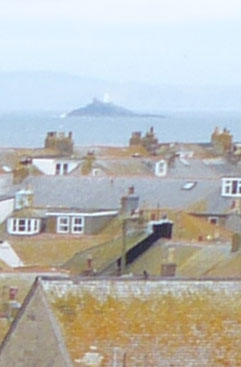 | 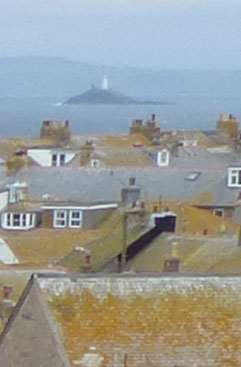 | 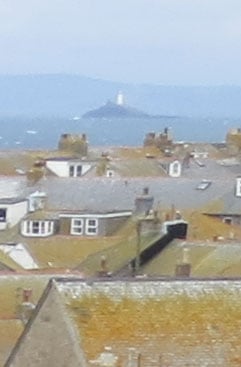 | ||
f4, 100 ISO | f4, 100 ISO | f4, 100 ISO | ||
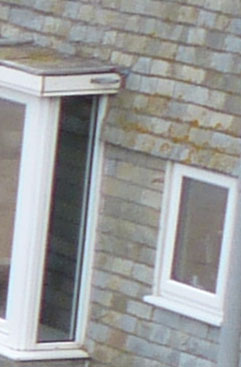 | 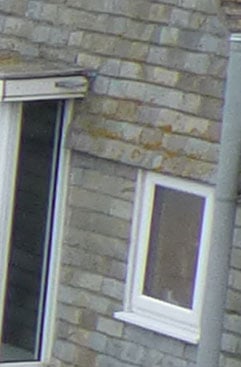 |  | ||
f4, 100 ISO | f4, 100 ISO | f4, 100 ISO | ||
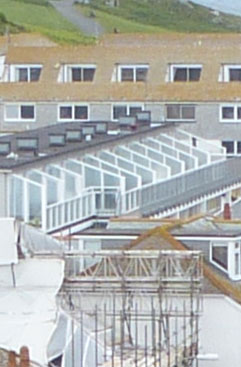 | 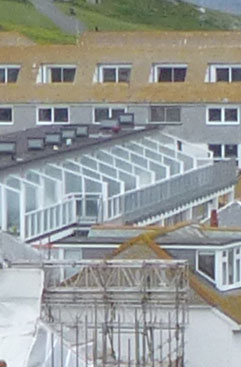 | 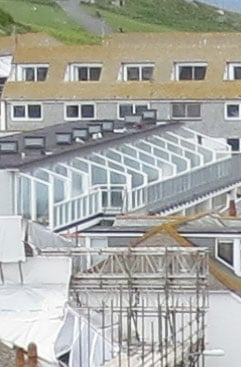 | ||
f4, 100 ISO | f4, 100 ISO | f4, 100 ISO |
Panasonic Lumix ZS15 / TZ25 vs Lumix ZS20 / TZ30 vs Canon PowerShot SX240 HS Noise
The above shot was taken with the Panasonic Lumix ZS15 / TZ25. The lens was zoomed in to 5.4mm to produce an equivalent field of view as on the Panasonic Lumix ZS20 / TZ30 and the Canon PowerShot SX240 HS. For these tests the camera was placed on a tripod and image stabilisation and tonal adjustments were disabled. The ZS15 / TZ25 metered an exposure of 0.8 at f4 at 100 ISO. The 100 ISO crop from the Lumix ZS15 / TZ25 isn’t noise free, you can see speckling in the flat colour of the wall and the darker tones of the memorial, but it’s minimal and unobtrusive, which is another way of saying you’d only ever notice it if you were looking closely at the 100 percent crop. At 200 ISO it gets a little bit worse, but, again, for on-screen viewing at less than 100 percent, you’d never know the difference, which means you can use the 200 ISO sensitivity on the ZS15 / TZ25 to give you more scope for low light exposures without worrying about quality issues. At 400 there’s another step up in graininess, but the quality is still well within acceptable limits, even at 100 percent, and the noise reduction processing produces a natural result with plenty of detail. It’s at 800 ISO that things start to look scrappy, with the finer detail obscured and edges becoming less distinct. At 1600 ISO the noise is affecting even the coarser details, we’re now well into the range where quality will be noticeably poorer even at smaller viewing sizes. the 3200 ISO sensitivity is the ZS15 / TZ25’s ‘throw caution to the wind and get the shot no matter what’ position. To sum up, the ZS15 / TZ25 provides good quality images that you can be confident will look good at all sizes up to 400 ISO. The 800 and 1600 ISO sensitivities are fine at less than 100 percent view and 3200 ISO is good for low-light emergency shooting. The ZS15 / TZ25’s Handheld Night Shot stacking mode which sets the ISO automatically, can produce better results than a single high ISO exposure, with a more regular noise pattern and better retention of detail. And finally there’s a 3 Megapixel Low light scene mode, though results are aggressivley processed an a lot of detail is smoothed out along with the noise. Compared with the Lumix ZS15 / TZ25, the PowerShot SX240 HS crops stand up well, but there are some interesting qualitative differences between these two 12 Megapixel cameras, particularly at the lower ISO sensitivities. Although there’s noise visible in flat areas in the 100 ISO crop from the ZS15 / TZ25, it doesn’t affect fine details nearly so much and the same is true at 200 and 400 ISO. From 800 to 1600 ISO it’s the PowerShot SX240 HS that performs slightly better and by 3200 ISO the ZS15 / TZ25 image detail is badly broken up. Both the SX240 HS and the ZS15 / TZ25 produce cleaner crops with more detail and less noise than those from the 14 Megapixel ZS20 / TZ30 throughout the ISO sensitivity range. This confirms the suspicions of many commentators: the cheaper ZS15 / TZ25 does indeed deliver cleaner images than the flagship ZS20 / TZ30 at higher sensitivities, and even at the lowest ISOs if you’re looking really closely. Panasonic really has to stop playing a numbers game and understand there’s nothing wrong with using lower resolution sensors. It sensibly made the right choice with the FZ150, but once again foolishly pushed its flagship pocket super-zoom a bit too far. To be fair, the ZS20 / TZ30 is an improvement over last year’s ZS10 / TZ20, but it would have been even better with the same 12 Megapixel sensor as the FZ150 and ZS15 / TZ25. Now head over to my Lumix ZS15 / TZ25 sample images to see some more real-life shots in a variety of conditions.
|

